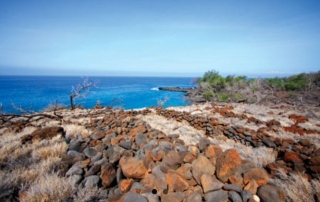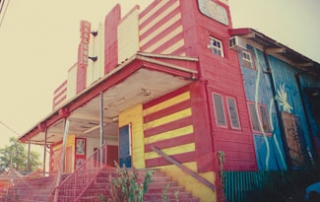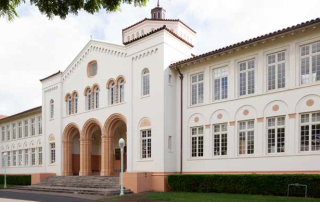Lapakahi (2009) SAVED
Photos: Courtesy Kirk Lee Aeder UPDATE: SAVED IN 2011 Coastal Property Added To Lapakahi State Historical Park Endangered Historic Property HONOLULU, March 18, 2011 - The State of Hawai‘i, Department of Land and Natural Resources, Division of State Parks announced the addition of 17 shoreline acres to Lapakahi State Historical Park in North Kohala on the Island of Hawai‘i, located in an area traditionally known as Nu‘uanu. The parcel will be added to the Lapakahi State Historical Park, which is listed in the National and Hawai‘i Registers of Historic Places as an excellent example of a leeward coastal settlement that spans a 600 year period from circa A.D. 1300 to the early 1900s. The 17-acre parcel has significant cultural sites that are part of this larger Lapakahi complex and the potential for development of the parcel under private ownership resulted in its recent listing as one of Hawai'i's Most Endangered Places by Historic Hawai‘i Foundation. "This parcel was surrounded on three sides by Lapakahi State Historical Park with the fourth side being adjacent to the Lapakahi Marine Life Conservation District. It has been the State’s desire for many years to acquire this property and include it within the park as part of the larger Lapakahi complex. The 17 acres are a vital piece of a cultural and biological landscape of the Kohala coastline, and we are thankful that future generations will have an opportunity to appreciate this cultural complex within its natural setting and to enjoy the open space and access to the shoreline," stated William Aila, Jr., Director of the Department of Land and Natural Resources. The acquisition was assisted by a diverse public-private partnership of Kohala community organizations, the Trust for Public Land (a [...]




